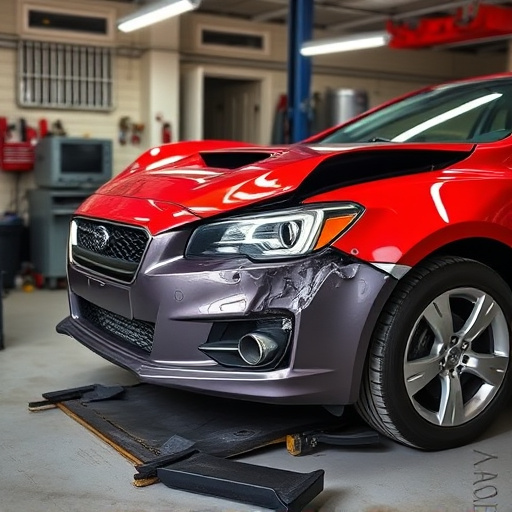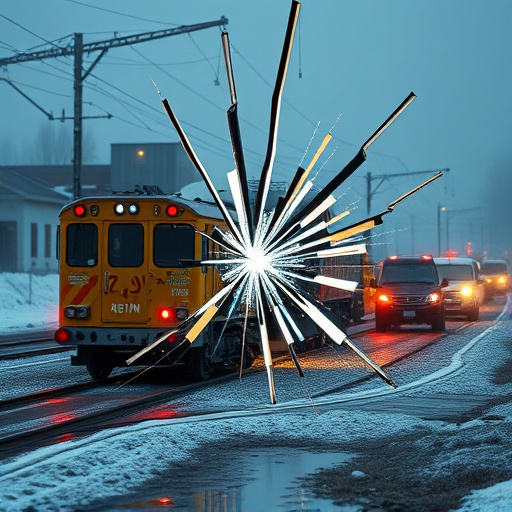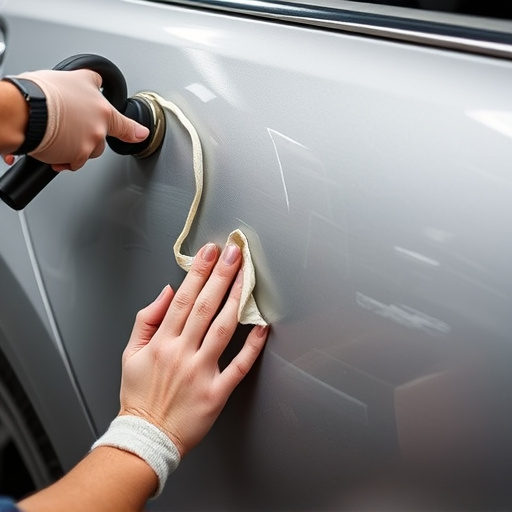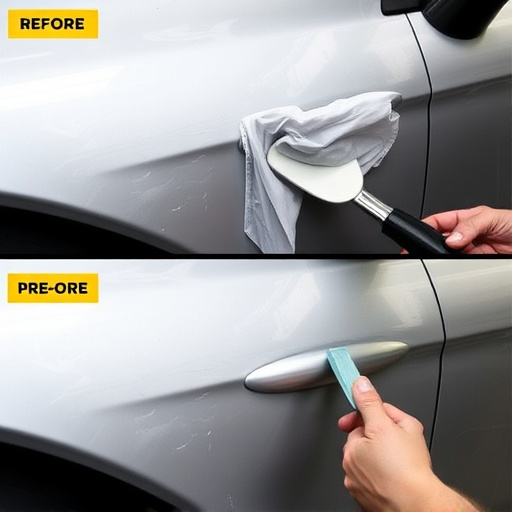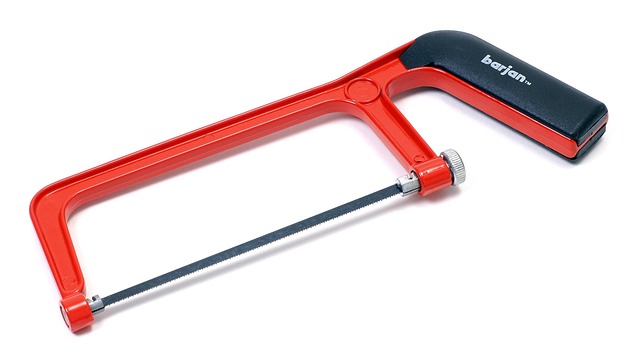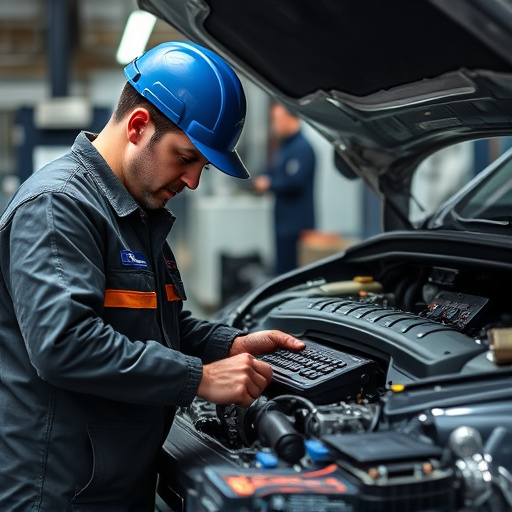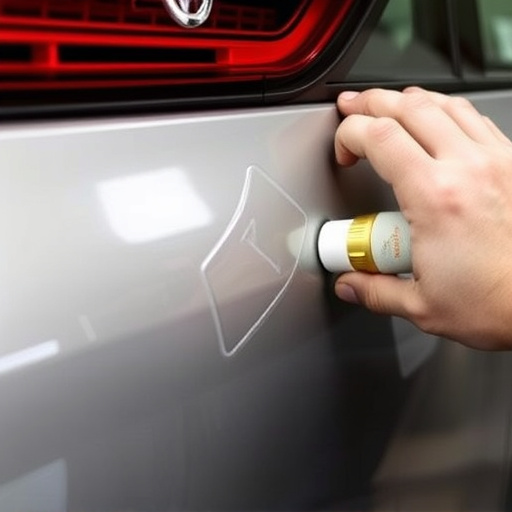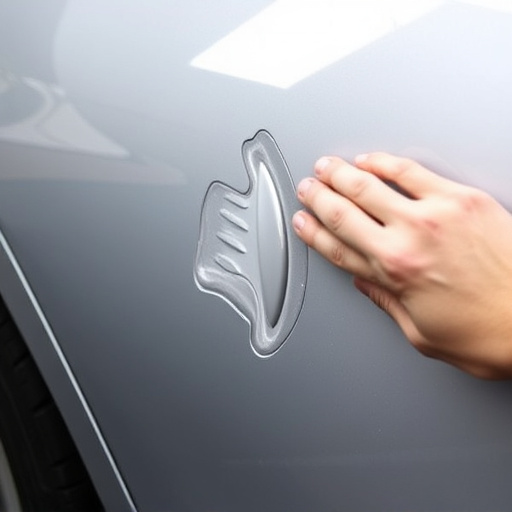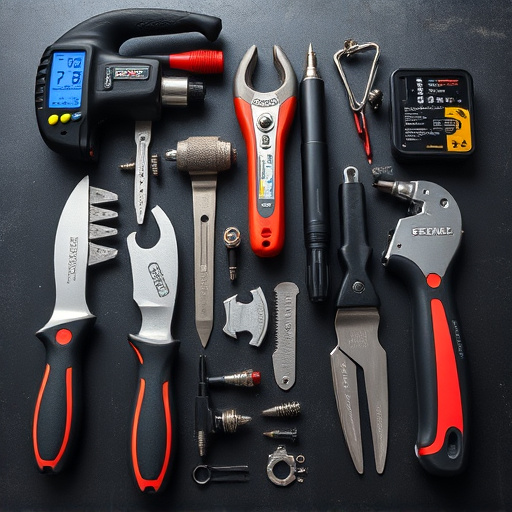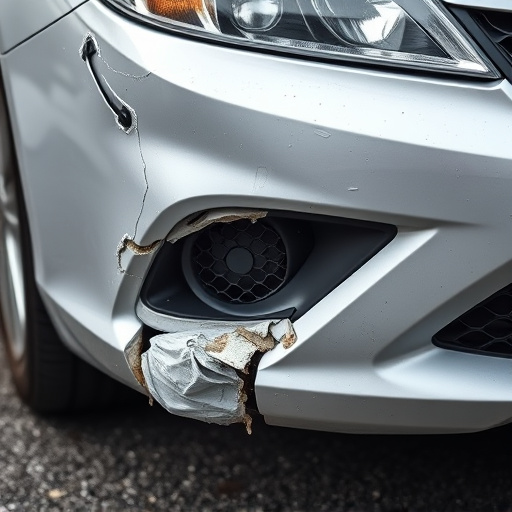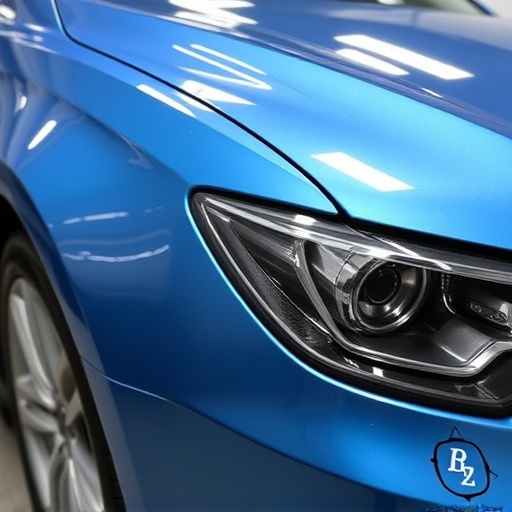In candy paint collision repair, clear coat thickness critically affects finish quality and durability. Thicker coats hide defects better but take longer to dry, while thinner coats dry faster but may struggle with concealment. Technicians balance protection and aesthetics by carefully controlling coat thickness, striving for both visual perfection and long-lasting structural integrity without needing auto glass replacement, ensuring customer satisfaction in luxury automotive body work.
“In the realm of candy paint collision repair, understanding clear coat thickness is paramount for achieving a flawless finish. This article delves into the intricate relationship between clear coat depth and the quality of paint repairs. We explore how varying thicknesses influence the outcome, providing insights on effective techniques to optimize repair results. From assessing damage to selecting suitable materials, discover how controlling clear coat thickness ensures a durable and aesthetically pleasing restoration, vital for maintaining the vehicle’s vibrant appearance.”
- Understanding Clear Coat Thickness Impact
- Thickness and Paint Repair Techniques
- Optimizing Finish Quality and Durability
Understanding Clear Coat Thickness Impact
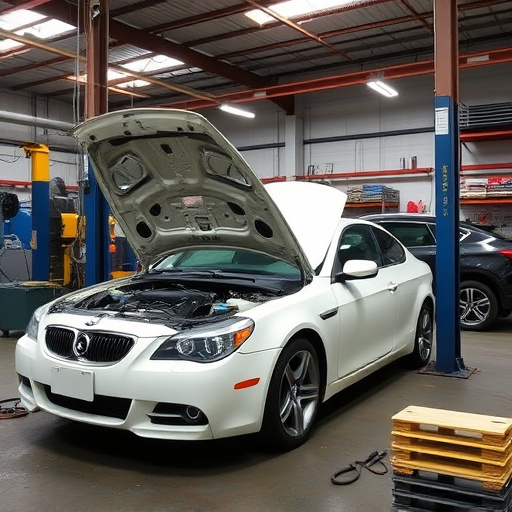
The clear coat is a crucial element in achieving a flawless finish for candy paint collision repair. Its thickness plays a significant role in determining the final outcome of the car body restoration process. When a vehicle undergoes a collision, the clear coat often experiences damage, leading to imperfections that can affect the overall aesthetics. Understanding the impact of clear coat thickness is essential for technicians providing top-notch collision repair services.
Thicker clear coats offer enhanced protection and better hide minor defects, ensuring a more durable and visually appealing finish. In contrast, thinner coats might present challenges in concealing damage, potentially resulting in an uneven surface after repair. Therefore, technicians must carefully assess the required clear coat thickness to match the original vehicle’s specifications, ensuring both functionality and cosmetic satisfaction for customers seeking high-quality car body restoration services.
Thickness and Paint Repair Techniques
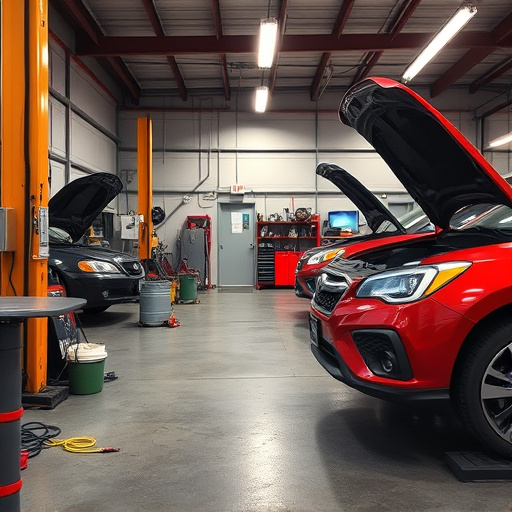
The thickness of clear coat plays a pivotal role in candy paint collision repair techniques. In general, a thicker clear coat offers better protection and more opportunities for precise repairs. Thinner coats, while they might dry faster, can limit the ability to hide imperfections and achieve a seamless finish. Auto repair services that specialize in candy paint repair understand this dynamic, tailoring their approaches based on the desired final look and the extent of the damage.
When dealing with minor scratches or chips, auto repair shops often employ techniques like touch-up painting, where they apply a thin layer of paint to match the surrounding area perfectly. For more significant damages, however, building up the clear coat to an appropriate thickness becomes crucial. This involves careful sanding and blending to ensure the new coat integrates seamlessly with the existing paint job, providing both protection and aesthetic appeal, all without compromising the structural integrity of the vehicle, much less needing additional auto glass replacement.
Optimizing Finish Quality and Durability
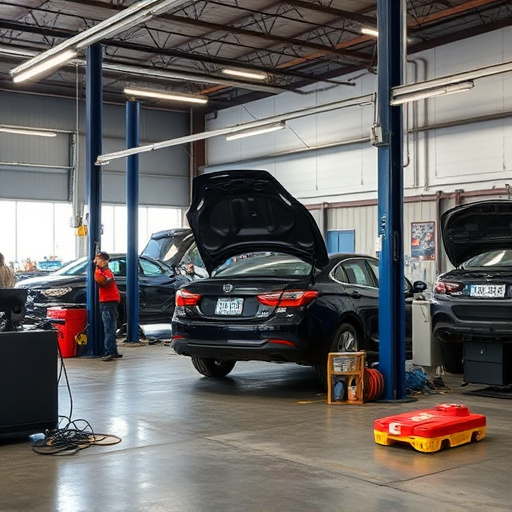
Optimizing Finish Quality and Durability in Candy Paint Collision Repair involves a delicate balance. The clear coat thickness plays a pivotal role here; it’s not just about achieving a smooth surface, but also ensuring long-lasting protection for the base paint job. In automotive body work, especially for luxury vehicle repair, the right clear coat application is key to preserving the aesthetic appeal and value of the car.
When conducting candy paint collision repair, technicians must consider the clear coat’s thickness as a function of both art and science. Too thin a layer might compromise visual perfection, while too thick can lead to uneven curing and potential peeling. Thus, for optimal results in automotive repair, precision is paramount. This meticulousness ensures not just an exquisite finish but also its longevity, thereby enhancing the overall customer experience and vehicle resale value.
In conclusion, understanding clear coat thickness plays a pivotal role in achieving optimal results for candy paint collision repair. By considering the impact of different coatings, utilizing suitable repair techniques, and optimizing finish quality, professionals can ensure durable and visually appealing repairs. This knowledge is essential for maintaining the integrity and aesthetic value of vehicles with candy paint finishes.
